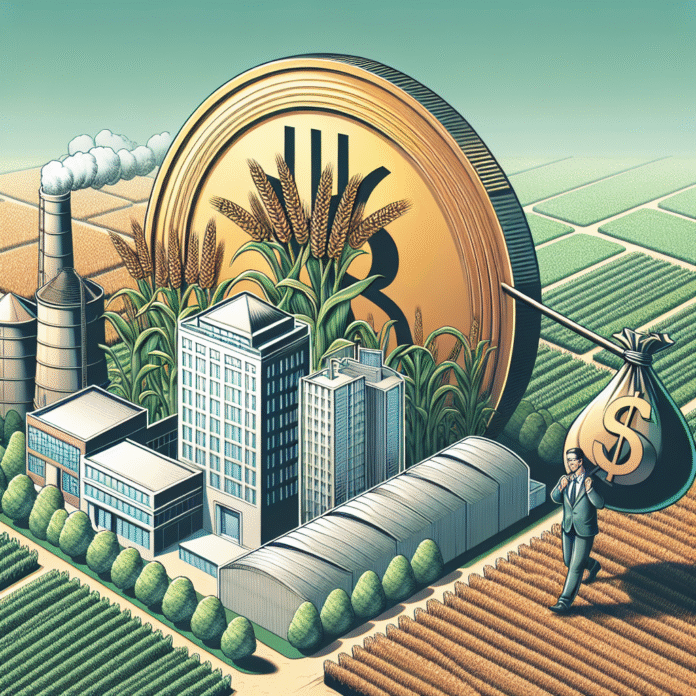Crop Insurance Costs Burden Taxpayers While Favoring Large Farms
Crop Insurance: A Financial Burden on Taxpayers
Crop insurance programs in the United States have become a significant financial liability, costing taxpayers billions of dollars each year. While these programs are designed to provide a safety net for farmers facing unpredictable weather events and market fluctuations, the benefits are disproportionately skewed toward large agricultural operations and corporate entities.
The Disparity in Benefits
A substantial portion of crop insurance payouts goes to the largest farms, which often have the resources to absorb losses more effectively than smaller producers. This disparity raises questions about the fairness and effectiveness of the current system. Studies indicate that the top 10% of insured farms receive more than three-quarters of total crop insurance payments, leaving smaller farms with minimal financial support during crises.
Impact on Small Farmers
Small and medium-sized farms, which are vital to local economies and food diversity, often find themselves at a disadvantage. Many of these farms lack the capital to invest in comprehensive insurance plans, making them more vulnerable to financial instability. As a result, the safety net intended to support all farmers tends to favor those with greater financial means, exacerbating the challenges faced by smaller agricultural producers.
The Corporate Influence
Additionally, large agribusiness corporations have gained a significant foothold in the crop insurance market. Their involvement raises concerns about the influence of corporate interests on agricultural policy. With the ability to lobby for favorable regulations and practices, these companies can shape the landscape of crop insurance in ways that prioritize their profitability over the needs of individual farmers.
Potential Solutions
To address these inequalities, policymakers could explore reforms that ensure more equitable distribution of crop insurance benefits. Options might include tiered premium structures, targeted subsidies for small farmers, or alternative risk management programs that provide more comprehensive support for diverse agricultural operations. By reevaluating the crop insurance framework, there is potential to create a system that better serves the entire farming community, rather than just the largest players.
Conclusion
As the debate over agricultural policy continues, it is crucial to recognize the impact of crop insurance on taxpayer dollars and the broader agricultural ecosystem. By striving for a more balanced approach that supports farmers of all sizes, we can work towards a system that fosters sustainability, resilience, and equity in the agricultural sector.


